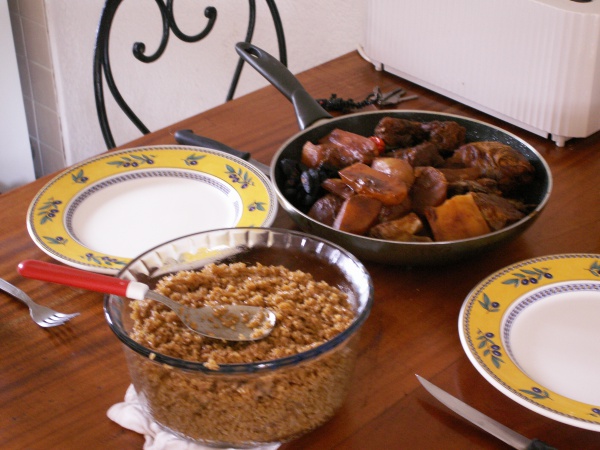Facts About Thieboudienne
Tiep, also known as thieb, is a cherished traditional dish from the Sahel region, particularly Senegal, where it is considered a staple. Among its various versions, Thieboudienne (or chebu jen) stands out as the national dish of Senegal. This popular variant features fish, rice, and a rich tomato sauce all cooked together. Other delightful variations include tiep yappa and tiep ganaar, made with ingredients such as onions, carrots, cabbage, cassava, hot pepper, lime, and peanut oil.
The dish has historical ties to the city of Saint-Louis in Senegal. The name "tiep" comes from Wolof words that translate to "rice" and "fish." Traditionally, tiep is served in large communal dishes and eaten by hand, embodying the Senegalese spirit of hospitality, known as Teranga. This practice of sharing food strengthens bonds among family and friends, fostering unity and togetherness.
The typical recipe includes fish, rice, vegetables, tomato paste, peppers, garlic, and onions. While fish is the traditional choice, modern variations sometimes feature beef or chicken. Tiep's popularity extends beyond Senegal; it has also found its way to other West African countries like Mali, Nigeria, and Ghana, each incorporating their own unique twists to the dish.
In Senegalese culture, hospitality and sharing food are deeply valued. Eating from a communal bowl teaches important virtues such as patience, generosity, and gratitude. This practice underscores a cultural belief in abundance and community spirit.
From a health perspective, tiep has a lot to offer. Fish, a key ingredient, is packed with nutrients that can help prevent diseases such as Alzheimer’s, cancer, and heart disease. The vegetables and rice in tiep also contribute to a balanced diet, promoting better digestion, weight management, and reduced risks of certain illnesses.

 Mauritania
Mauritania